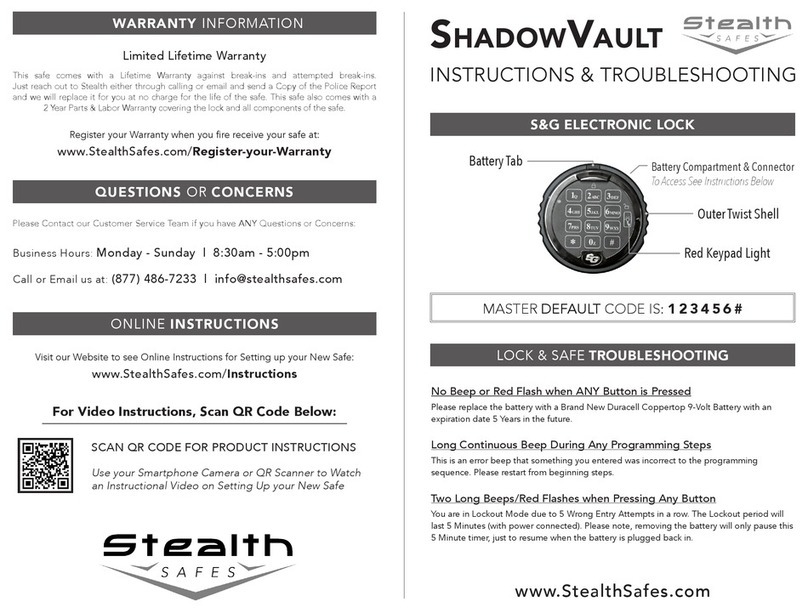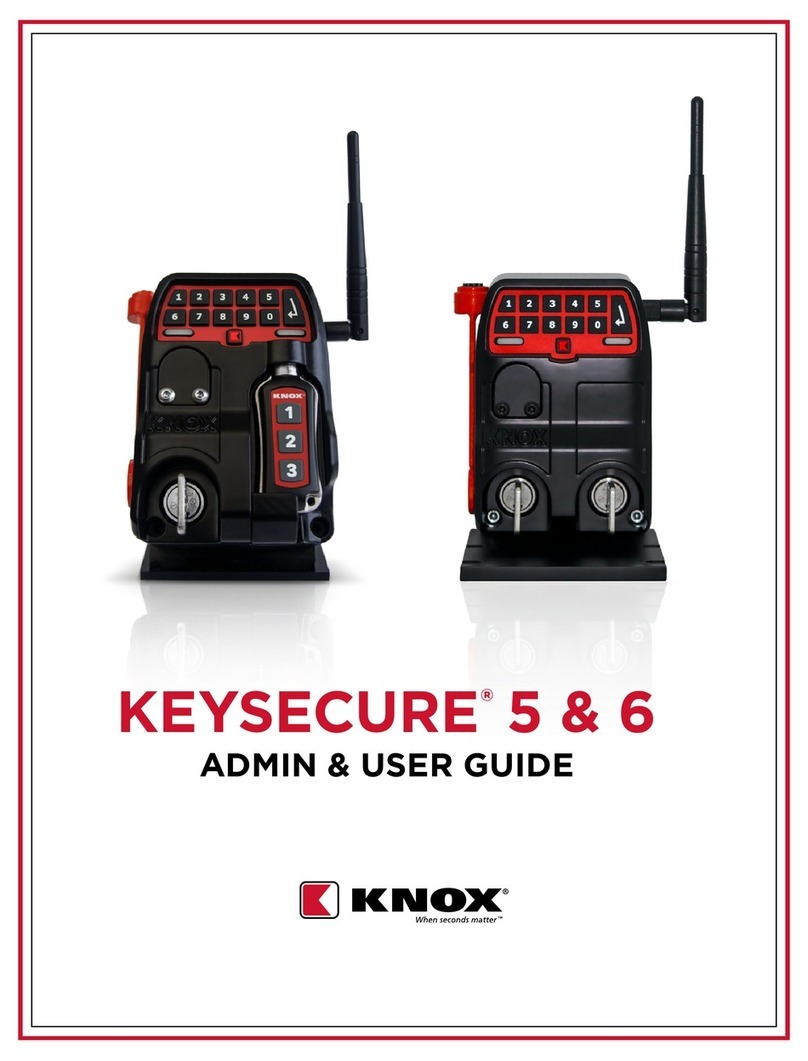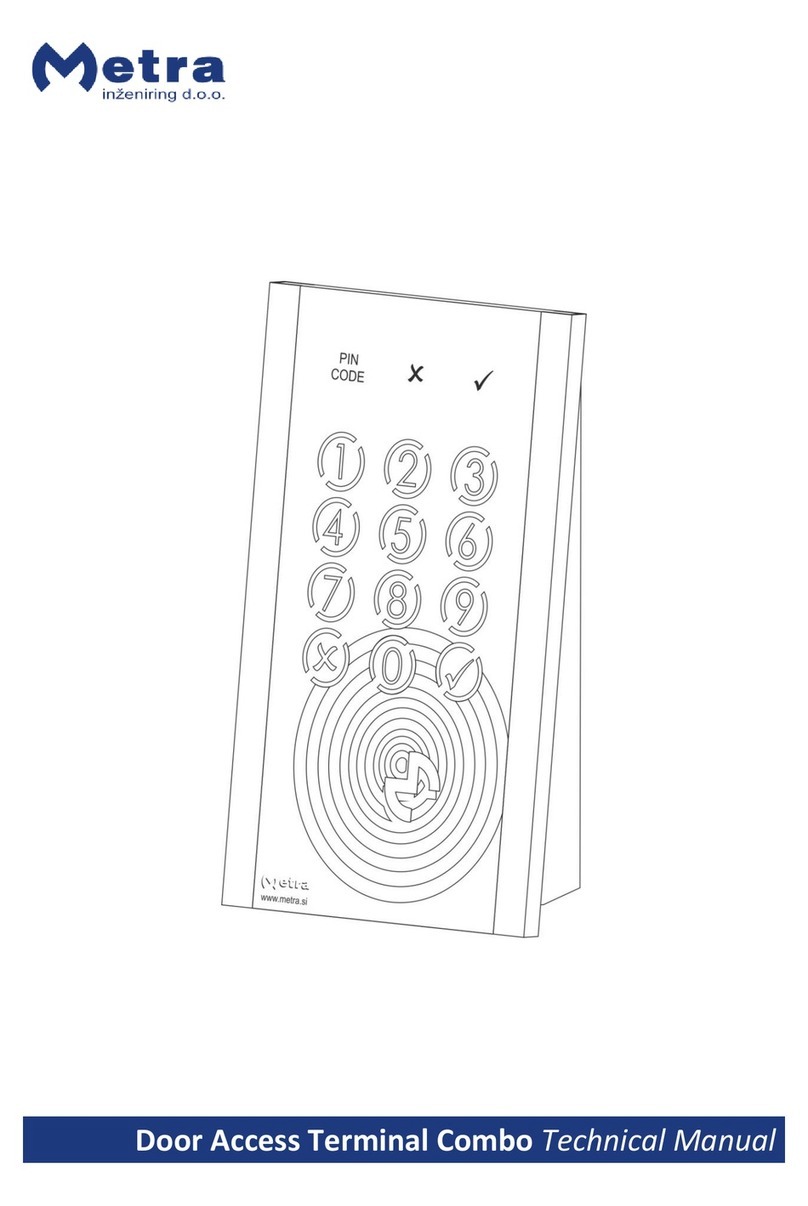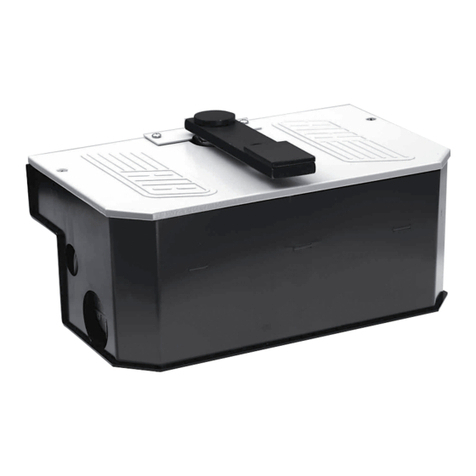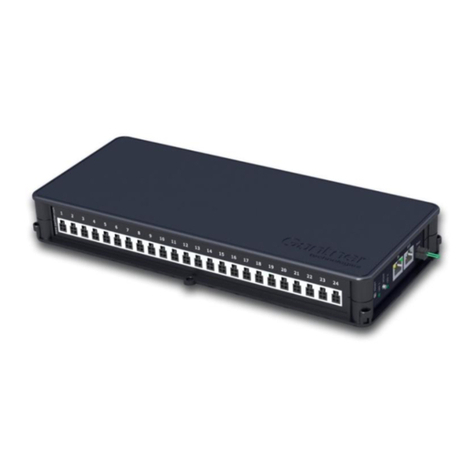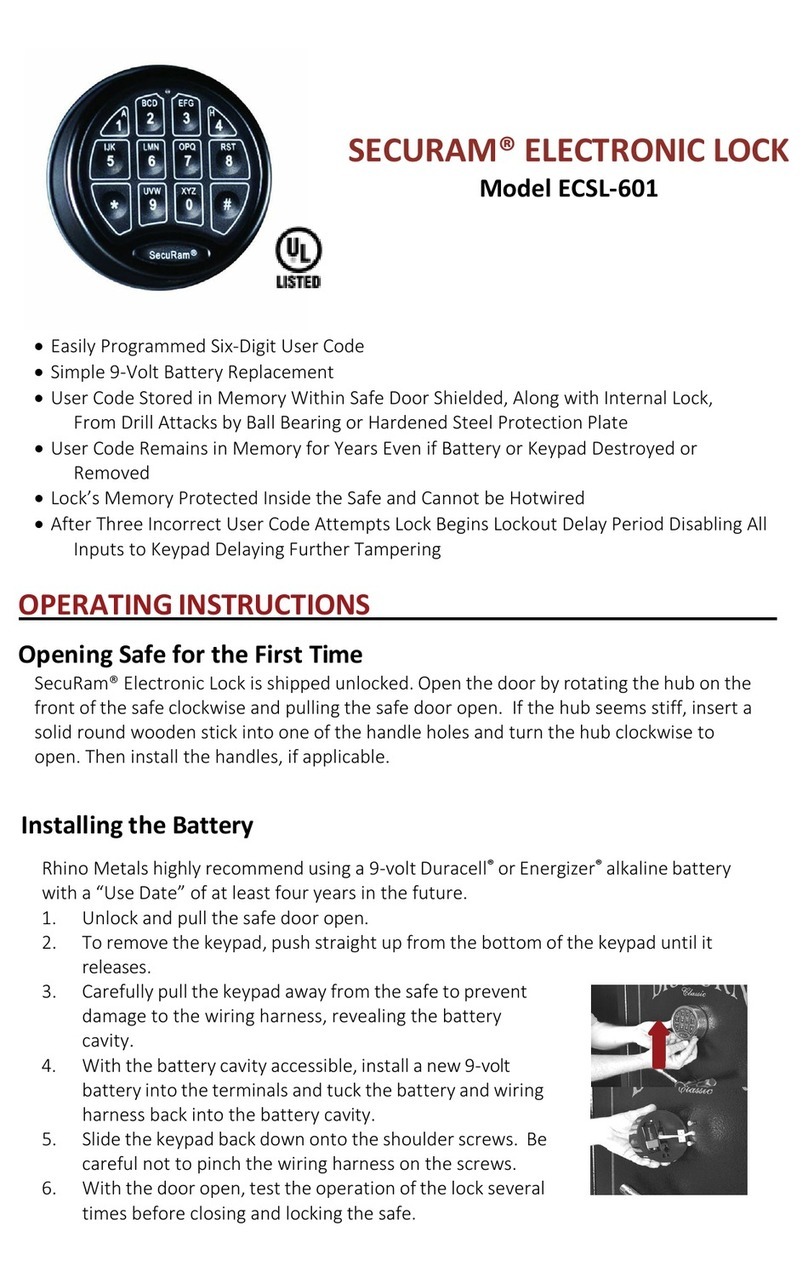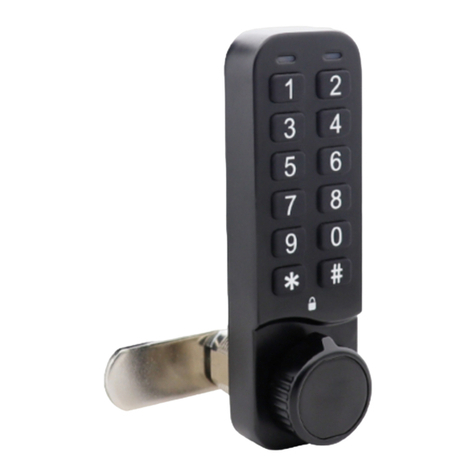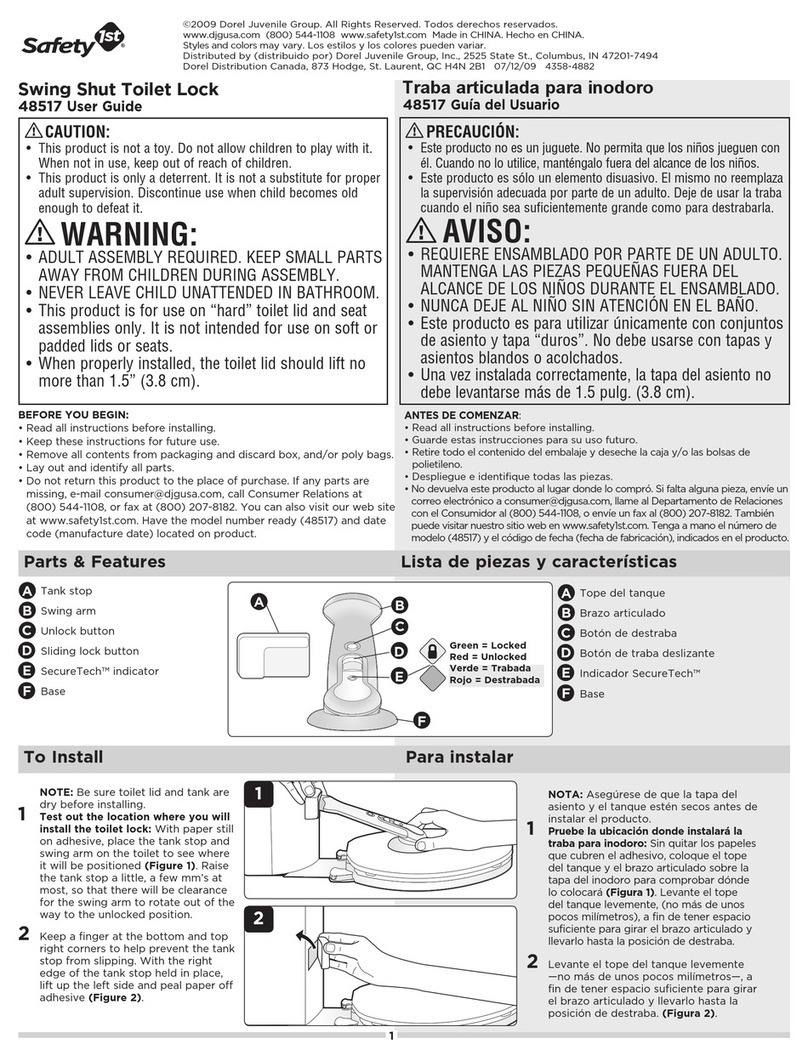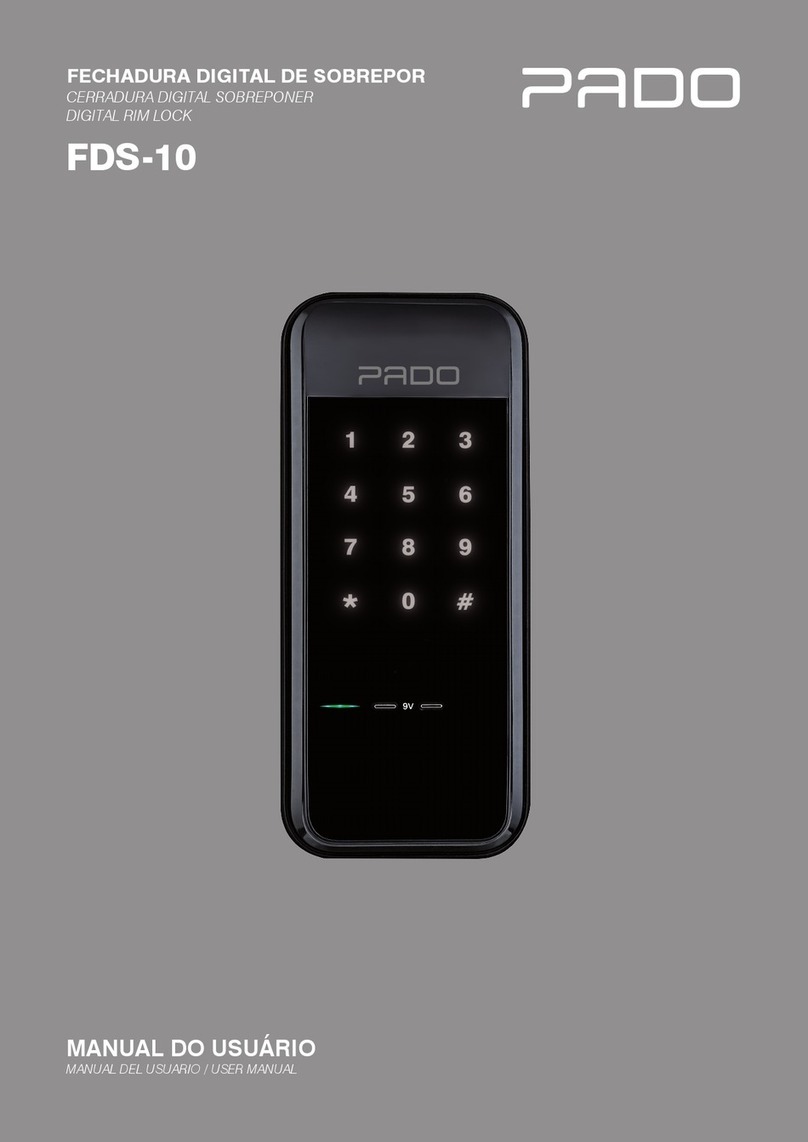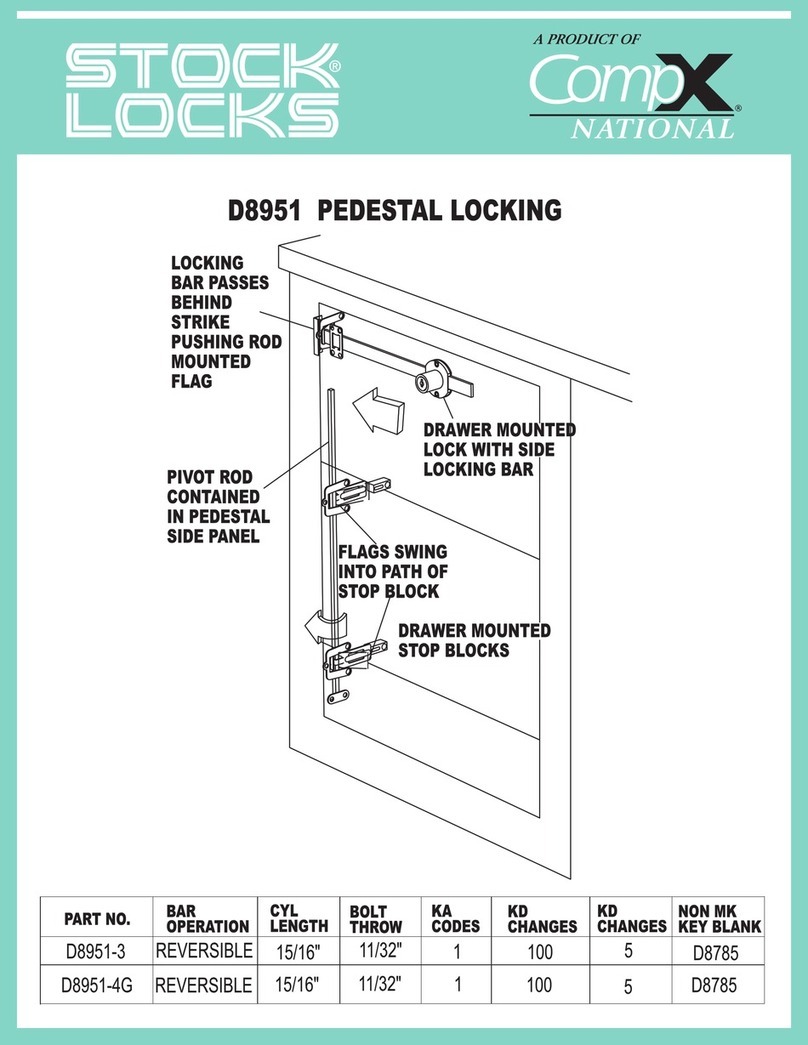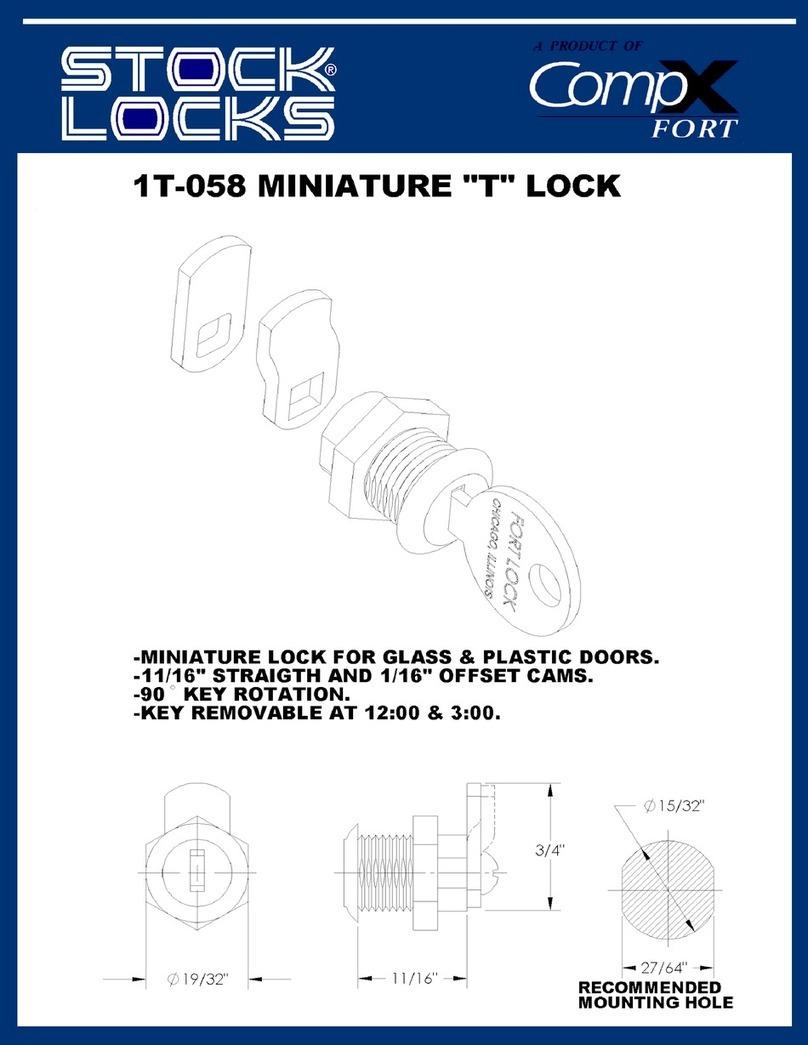Page 10
Winkhaus STV
Operating Manual EAV 0124653 0505
Subject to technical changes
Winkhaus STV GmbH & Co. KG · Berkeser Str. 6 · D-98617 Meiningen · Germany · www.winkhaus.de · stv@winkhaus.de
[1] Automatic locking system AV2
AV2-F 1660/35 92/8 M2 rs/ls mc 123 536 3/123 537 2
AV2-F 1660/35 92/8 M2 rs/ls est 124 212 2/124 213 1
AV2-F 1660/40 92/8 M2 rs/ls mc 123 540 7/123 541 6
AV2-F 1660/40 92/8 M2 rs/ls est 124 214 0/124 215 9
AV2-F 1660/40 92/10 M2 rs/ls mc 123 542 5/123 543 4
AV2-F 1660/45 92/8 M2 rs/ls mc 123 544 3/123 545 2
AV2-F 1660/45 92/8 M2 rs/ls gr 124 060 5/124 061 4
AV2-F 1660/45 92/10 M2 rs/ls mc 123 546 1/123 547 0
AV2-F 1660/50 92/8 M2 rs/ls mc 124 312 1/124 313 0
AV2-F 1660/50 92/8 M2 rs/ls est 124 216 8/124 217 7
AV2-F 1660/55 92/8 M2 rs/ls mc 123 548 9/123 549 8
AV2-F 1660/55 92/10 M2 rs/ls mc 123 854 7/123 855 6
AV2-F 1660/60 92/8 M2 rs/ls est 124 218 6/124 219 5
AV2-F 1660/65 92/8 M2 rs/ls mc 123 791 3/123 792 2
AV2-F 1660/65 92/8 M2 rs/ls est 124 220 2/124 221 1
AV2-F 1660/65 92/10 M2 rs/ls mc 123 550 4/123 551 3
AV2-F 2060/40 92/8 M2 rs/ls mc 123 552 2/123 553 1
AV2-F 2060/45 92/8 M2 rs/ls mc 123 554 0/123 555 9
AV2-F 2060/45 92/10 M2 rs/ls mc 123 556 8/123 557 7
AV2-F 2060/55 92/8 M2 rs/ls mc 123 558 6/123 559 5
AV2-F 2060/55 92/8 M2 rs/ls gr 124 074 9/124 075 8
AV2-F 2060/55 92/10 M2 rs/ls mc 123 891 2/123 892 1
AV2-F 2060/60 92/10 M2 rs/ls mc 123 560 2/123 561 1
AV2-F 2060/65 92/8 M2 rs/ls mc 123 562 0/123 563 9
AV2-F 2060/65 92/10 M2 rs/ls mc 123 564 8/123 565 7
AV2-F 2460/35 92/8 M2 rs/ls mc 123 566 6/123 567 5
AV2-F 2460/40 92/8 M2 rs/ls mc 123 568 4/123 569 3
AV2-F 2460/40 92/8 M2 rs/ls gr 123 895 8/123 896 7
AV2-F 2460/45 92/8 M2 rs/ls mc 123 694 1/123 695 0
AV2-F 2460/45 92/10 M2 rs/ls mc 123 777 1/123 778 0
AV2-U 2293/35 92/8 M2 rs/ls mc 123 755 7/123 756 6
AV2-U 2293/45 92/8 M2 rs/ls gr 123 713 8/123 714 7
AV2-U 2460/35 92/8 M2 rs/ls mc 123 570 0/123 571 9
AV2-U 2460/40 92/8 M2 rs/ls mc 123 596 0/123 597 9
AV2-U 2460/45 92/8 M2 rs/ls mc 123 574 6/123 575 5
AV2-U 2460/45 92/8 M2 rs/ls gr 123 779 9/123 780 6
AV2-U 2460/45 92/10 M2 rs/ls mc 123 572 8/123 573 7
AV2-U 2471/35 92/8 M2 rs/ls mc 123 538 1/123 539 0
AV2-U 2471/35 92/8 M2 rs/ls gr 123 863 6/123 864 5
AV2-U 2471/35 92/8 M2 rs/ls est 124 291 6/124 292 5
AV2-U 2471/45 92/8 M2 rs/ls mc 123 684 3/123 685 2
AV2-U 2471/45 92/8 M2 rs/ls gr 124 026 8/124 027 7
Automatic three-point locking system with protection unit
against faulty switching, DIN RS and LS directions
power-driven
unlocking
system (electric
latch release)
optionally
available
2. Product description

